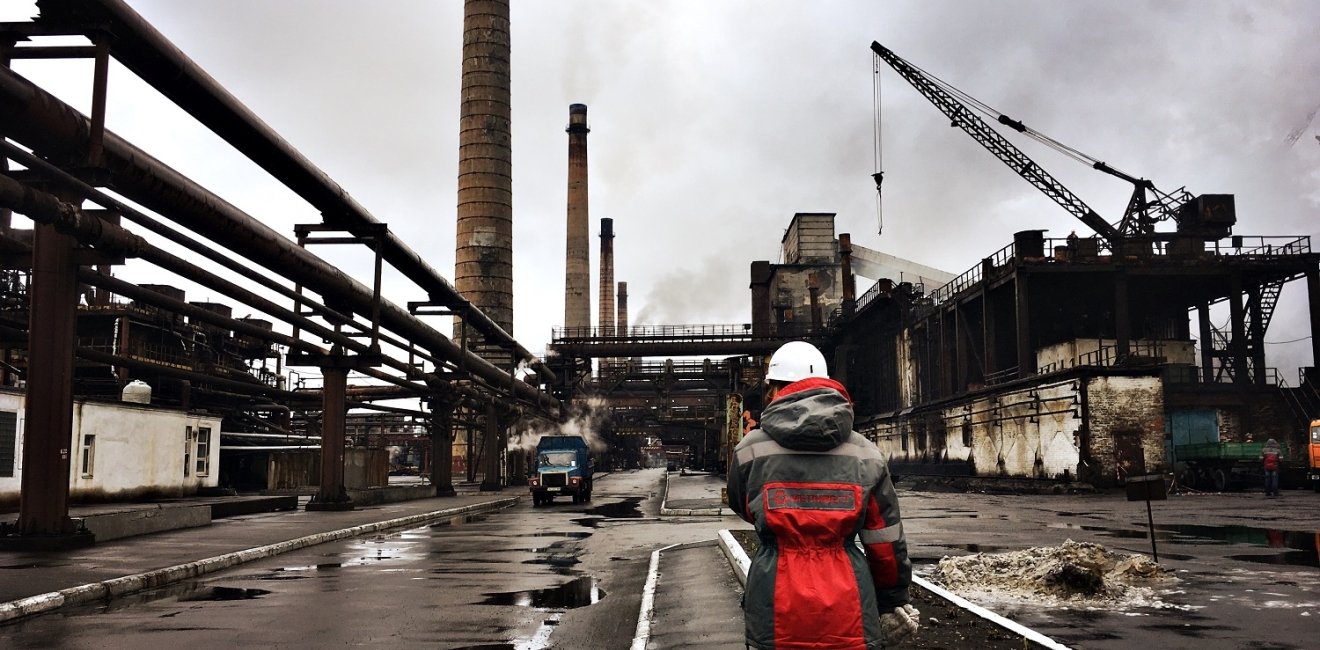
A blog of the Kennan Institute
BY ANDRIAN PROKIP
In early January 2021, just half a year after the market for household gas in Ukraine was liberalized and gas prices were freed to be established by market forces, mass protests led the government to reintroduce temporary price regulation. The government will control gas prices till the end of March 2021, though many in the Rada are calling for an extension of such control for an entire year. This decision, however, is not only a blow to the long-awaited free energy market, it also poses a serious risk to the country in its ongoing efforts to loosen economic ties with Russia.
On August 1, 2020, following new legislation, the Ukrainian government canceled gas price regulation for households, under which individual households’ gas consumption was partially subsidized by the state. Consequently, gas for households is to be valued at market prices and supplied by numerous independent companies, just as it has been for industrial consumers in recent years (the market reforms for industrial consumers went into effect earlier than the reform for households). After twenty-nine years of postcommunist transition, Ukraine finally got a free gas market.
This was an important result of the economic reforms that began after the Euromaidan and were encouraged by the IMF and Western governments. For years, an efficient gas market was considered to be key to Ukraine’s energy integration with the EU and the country’s political and economic independence from Russia. The gas sector, with all its ills, had for a long time provided a lever for oligarchs and the bureaucracy to engage in corruption and self-enrichment. Opening the gas market was to have been a turning point in Ukraine’s economic and political development.
Market Pricing in a Political Context
As the winter of 2020–2021 settled in, however, gas prices rose, just as happens in many market economies, driving up costs to consumers, who were not used to such fluctuations. The increase came on top of a late 2020 decision by the government to increase the cost of electricity for households, a move that still did not cover the cost of producing power and made energy companies, including the state-owned nuclear power operator Energoatom, unprofitable.
The price increase, which came on the heels of a difficult pandemic-inflected 2020, spurred mass protests around Ukraine. Protesters demanded a lowering of gas and electricity prices for households. Ukrainians have an established tradition of holding rallies, and we also tend to believe that energy must be cheap. (I wrote about this narrative earlier, in a September 2020 Focus Ukraine blog post.) The rallies became an issue for President Volodymyr Zelensky, who, during his election campaign, had promised to lower the price of utilities. A year ago, together with then prime minster Oleksiy Honcharuk, Zelensky announced a decision to lower central heating prices for households (though this declaration did not produce any significant results at the time). And last month, when prices rose, Zelensky once again got a chance to show how much he cares about the people.
However, the devil is in details; the methods of the price decrease do matter.
Straying from Market Principles
Yuriy Vitrenko, acting energy minister and a former Naftogaz top official who contributed a lot to Naftogaz’s victory against Gazprom in the Stockholm arbitration and is also an ardent supporter of a market economy, had a good proposal: to decrease prices for vulnerable households only by using cheaper, domestically produced gas. Still, the price had to be set by the market.
This approach is in line with European practices. However, Prime Minister Denys Shmyhal chose another way to solve the issue, capping prices for all households. By doing so, he had a chance to achieve a quick reduction in prices and made household consumers happy immediately. But these methods have strayed far from market principles. The prime minister supports these measures as temporary, but one never knows how long “temporary” might last in Ukraine.
I also suspect that Prime Minister Shmyhal might have had a personal reason for such a step: the president wants to appoint Vitrenko a first deputy prime minister, which could endanger Shmyhal’s career. Being popular is never bad for a head of cabinet.
Moreover, a “temporary” decision could turn out well for the state-owned Naftogaz, run by Andrii Kobolev. In the new gas market design, Naftogaz is widely expected to become the biggest gas supplier to households by offering lower prices than almost all private gas suppliers are able to. Gaining a large market share would be easy, since currently Naftogaz controls about 75 percent of domestic gas production, and this gas usually is cheaper than imported gas. Should the administratively lowered prices last for a while, the private gas-supplying companies will be unable to compete, and millions of households will become Naftogaz customers, turning the company into a monopoly in the Ukrainian gas market. Personal relations weigh in here as well: it was Kobolev who fired Vitrenko from Naftogaz. Their personal conflict could influence any future decision on gas pricing strategy.
Political Fallout and Interclan Wars
The Ukrainian government’s waffling in regard to the gas market reform undermines the trust of Western governments, which have staunchly supported Ukrainian reforms and the country’s striving for economic and political independence from Russia. The IMF has already expressed its concern over the new gas price caps.
More than a year ago the Ukrainian oligarch Ihor Kolomoysky stated that Ukraine had to turn away from the IMF and restore cooperation with Russia in the energy sector, even though seven years ago, during and after the Euromaidan, he was among those who fought Russia’s dominance and sought to protect Ukrainian independence.
Simultaneously, some of Ukraine’s political leaders are calling for nationalization of gas and electricity distributing companies, as if such a move could result in lower energy prices. For example, this idea has been touted by Vadym Rabinovych, an MP and ally of Viktor Medvedchuk; Medvedchuk in his turn has promoted strengthening ties with Russia, including buying gas directly from Russia. Medvedchuk makes money from importing fuels from Russia via a Russian petroleum products company controlled by his family. In 2019 he twice visited Moscow and had “official meetings” with Gazprom’s CEO to discuss direct gas supplies to Ukraine.
About 75 percent of regional gas distribution system operators and a number of gas-supplying companies are owned by Dmytro Firtash, another famous Ukrainian oligarch. Thus the calls for nationalization may be just the visible part of an interclan war. Firtash’s companies are now the key competitors of Naftogaz, whose CEO, Kobolev, is a personal enemy of Firtash.
Despite years of work toward reforms, the gas market remains a mess. The suspension of its freedom in price-making is not just the sign of a government “caring about people” but another act in the multilevel wars of the clans, with the participation of tycoons and top officials. This is exactly what the gas market reform should have put an end to. However, Ukraine’s political leaders, driven by paternalistic and populistic sentiments, undermine reforms. And in so doing, they risk returning Ukraine to full dependence on the oligarchs and Russia.
The opinions expressed in this article are those solely of the authors and do not reflect the views of the Kennan Institute.
Author

Director, Energy Program, Ukrainian Institute for the Future

Kennan Institute
The Kennan Institute is the premier US center for advanced research on Eurasia and the oldest and largest regional program at the Woodrow Wilson International Center for Scholars. The Kennan Institute is committed to improving American understanding of Russia, Ukraine, Central Asia, the South Caucasus, and the surrounding region through research and exchange. Read more

Explore More in Focus Ukraine
Browse Focus Ukraine
Talking to the Dead to Heal the Living

Ukrainian Issue in Polish Elections


